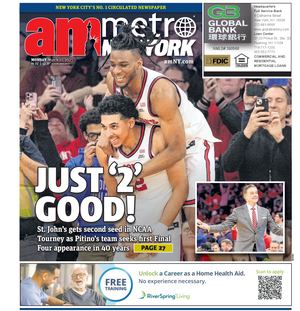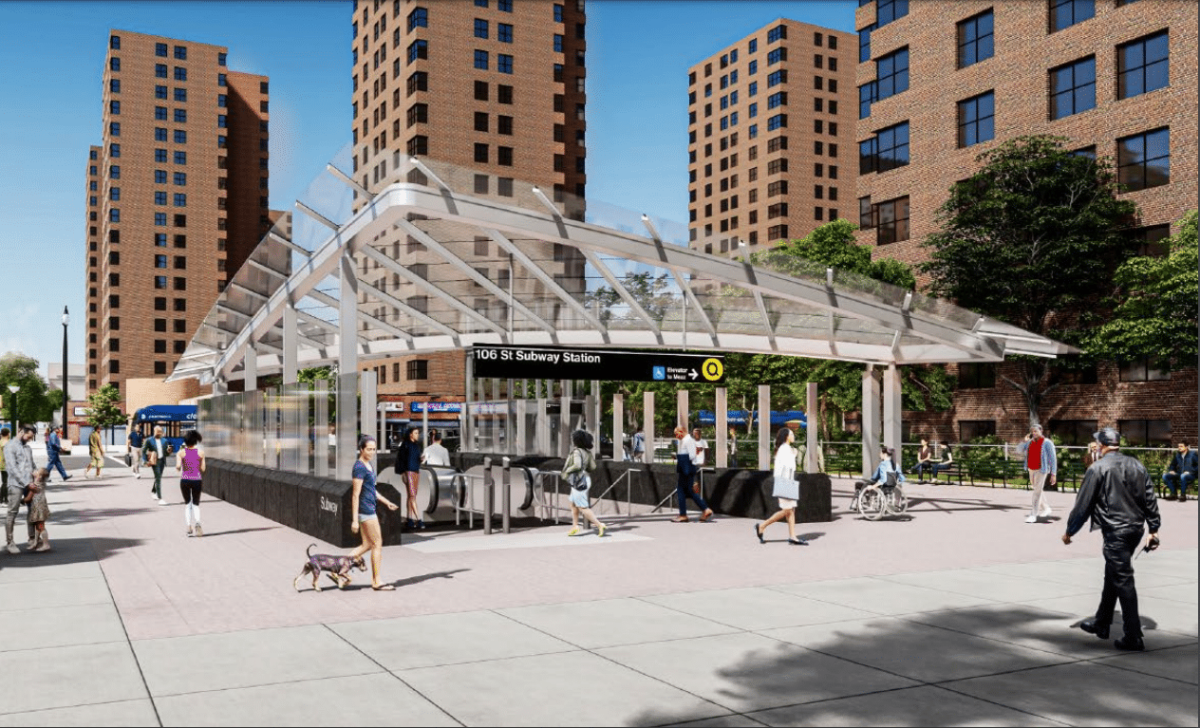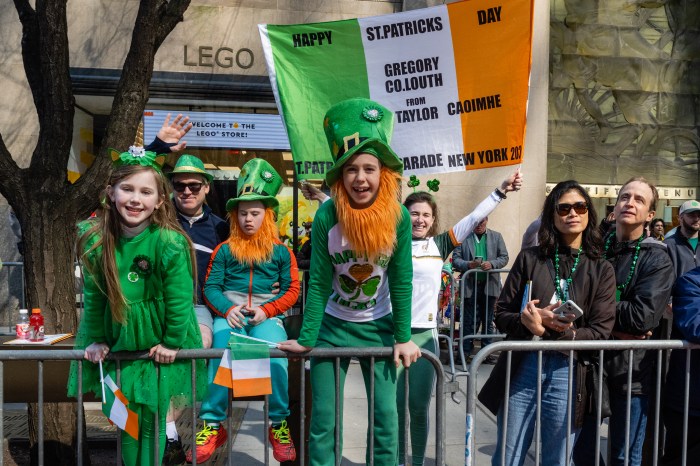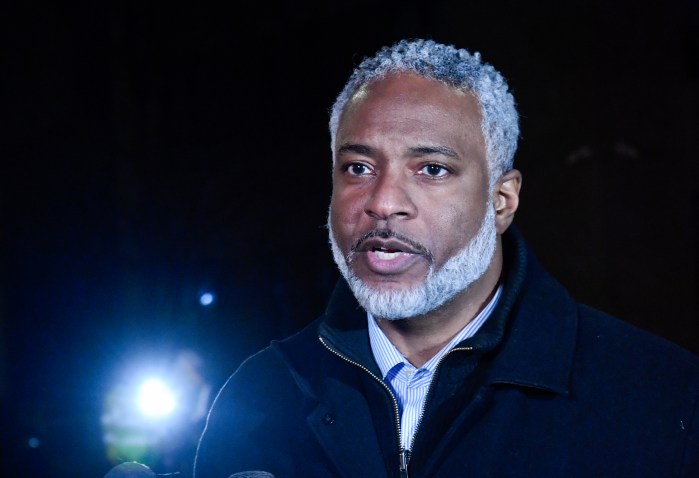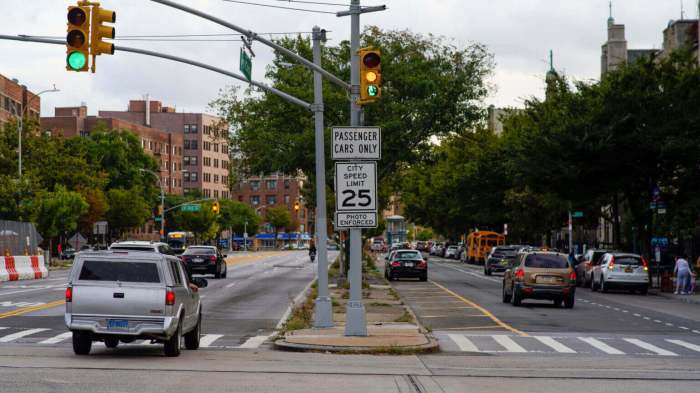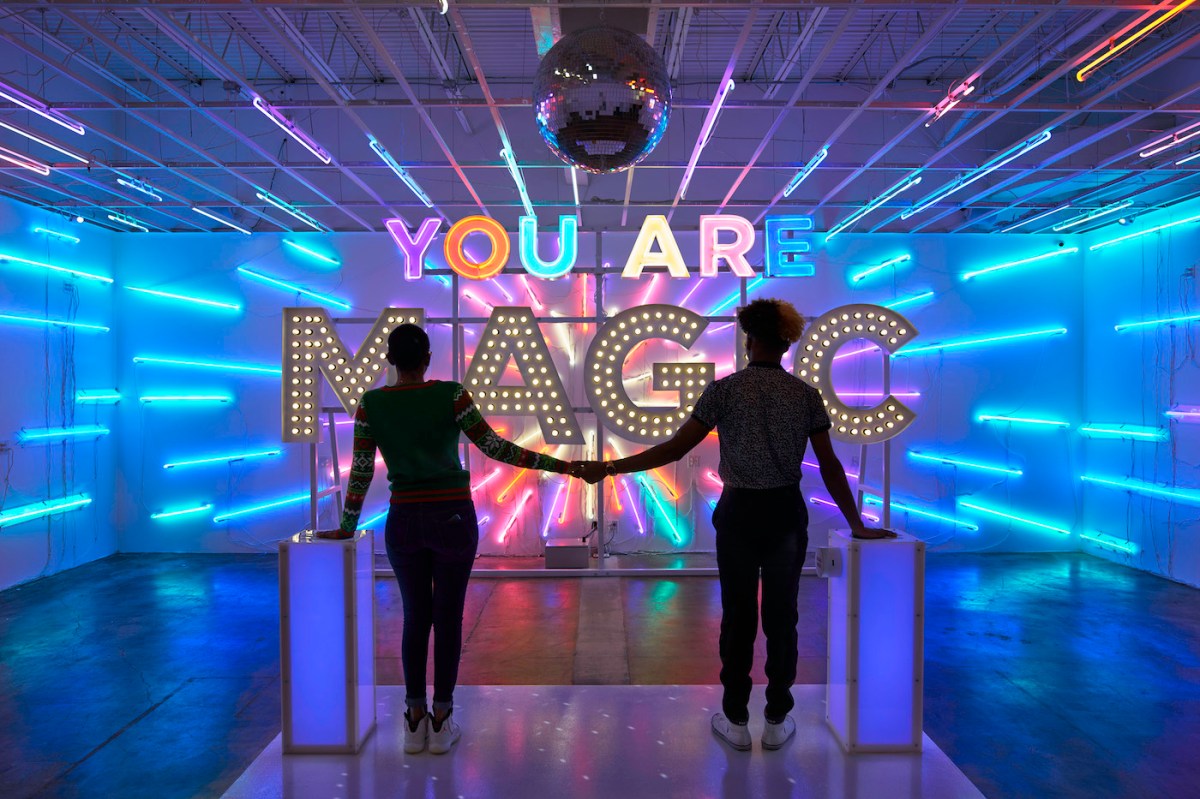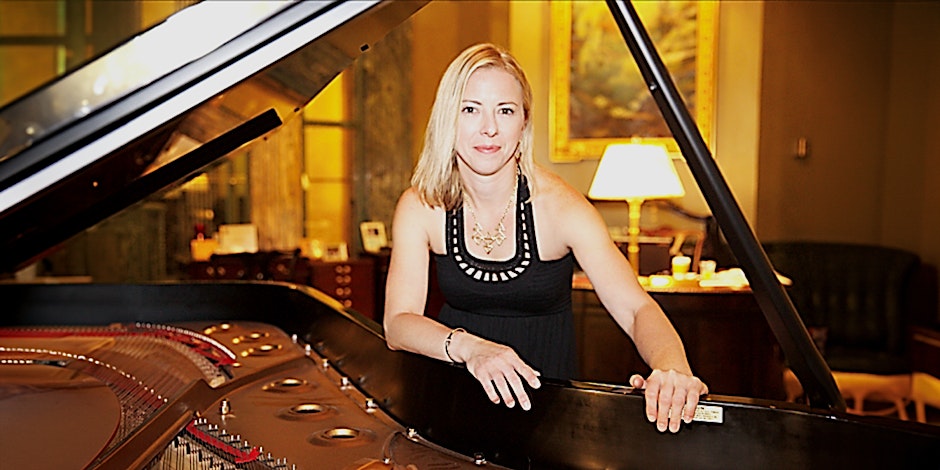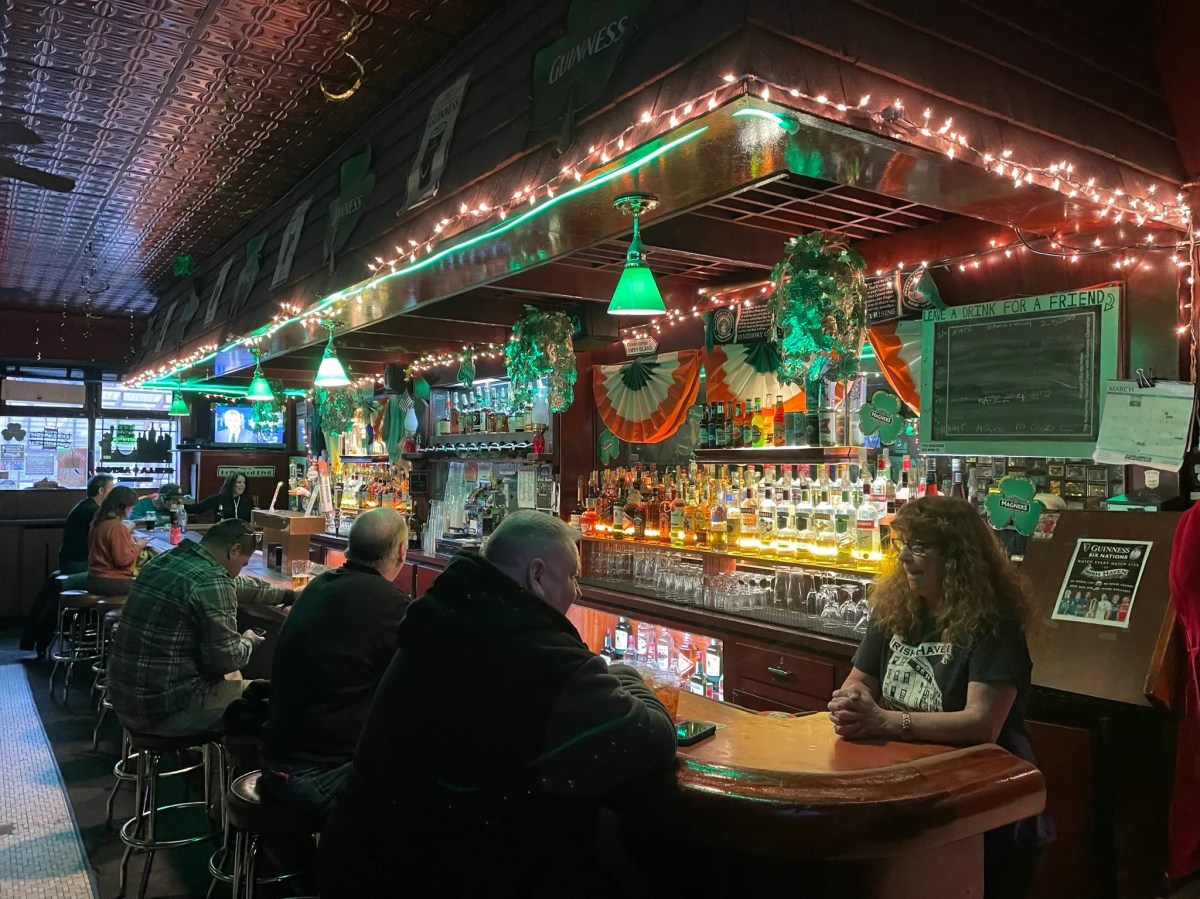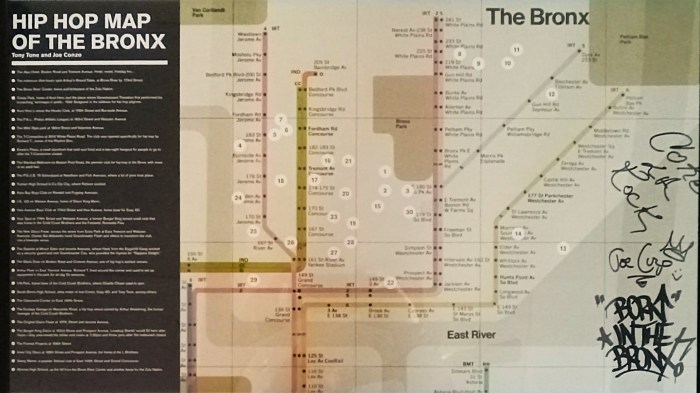Construction is set to begin in March on phase 2 of the Second Avenue Subway, which will ultimately bring the Q train through East Harlem to 125th Street, the MTA revealed on Monday.
The MTA has awarded its first contract for Second Avenue construction work, with a $182 million procurement awarded to C.A.C. Industries to relocate underground utility lines between 105th and 110th streets starting in coming weeks.
The agency says that getting a head start on underground utilities — like electricity, water, sewage, and telecommunications — is a departure from what was done in phase 1 of the project, which extended the Q train to 96th Street. In phase 1, unforeseen utility lines (many of which are a century old and unmapped) in the way of construction led to long and costly delays, the agency admits in the hopes of avoiding similar mishaps in the future.
“We can do better. We acknowledge phase 1 could have been delivered better, faster, and cheaper,” Jamie Torres-Springer, the MTA’s chief of construction and development, told reporters on Monday. “We’ve learned the lessons from that.”
The $7.7 billion second phase — projected for completion in the early 2030s — will add three new stations to the Q line at 106th Street and Second Avenue, 116th Street and Second Avenue, and 125th Street and Lexington Avenue. The first phase, which opened in 2017, was nearly a century in the making, and in the preceding decades work in East Harlem was started before being abandoned.
Now, the MTA says it can save money and time by utilizing an existing tunnel built in the 1970s but abandoned amid the city’s fiscal crisis. That tunnel runs between 110th and 120th streets. The MTA will not have to tunnel between 96th and 106th streets, either: ancillary tracks for staging trains go from 96th to 105th streets, and the 106th Street station is set to be built using the “cut-and-cover” tunneling method.
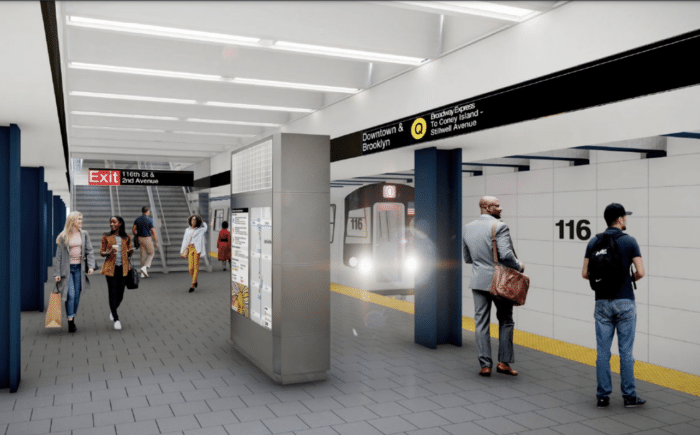
The MTA would only have to undergo costly and complex deep-underground tunnel boring between 120th Street at Second Avenue and the planned terminal at 125th and Lexington, which MTA officials say will see 65,000 riders each day and become one of the city’s busiest subway stops. In her State of the State address this month, Gov. Kathy Hochul also endorsed expanding the Q further west all the way to 125th and Broadway.
The MTA also says it is addressing a major criticism and cost driver of phase 1, namely the enormous size of the stations. The agency says it has considerably reduced “back-of-house” space from original designs, and only the 125th Street station will have a full mezzanine. The stations will still be bulkier than the average station in the subway system due to modern accessibility and fire code requirements.
“They were bigger than they needed to be,” Torres-Springer said of the phase 1 stops. “These stations will be only as big as they need to be to be safe.”
The MTA projects it will save over $1 billion on the project by building smaller stations and using the existing tunnels.
The agency has not yet awarded other contracts for Second Avenue work, blaming the delay on the present uncertainties over congestion pricing. The feds will chip in $3.4 billion with the rest coming from the Empire State.
But the MTA is now facing three federal lawsuits seeking to overturn congestion pricing, and officials say that threatens their ability to secure funding for the project, as well as others. Already, the holdup implementing congestion pricing — which the MTA hopes to have up and running by the spring — has forced the transit agency to delay resignaling work on the A/C/E Fulton Street Line in Brooklyn.
